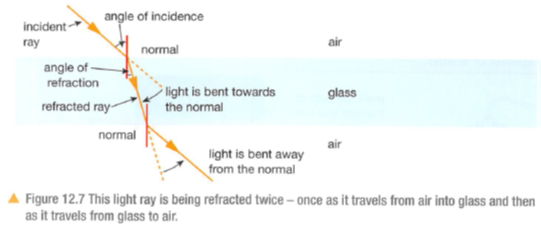博文
【辨析】法线(normal line)
|
法线(normal line),是指始终垂直于某平面的直线。在几何学中,法线指平面上垂直于曲线在某点的切线的一条线。法线也应用于光学的平面镜反射上。
normal: [17] Latin norma originally denoted a sort of set square used by carpenters, masons, etc for measuring right angles. It was extended metaphorically to a ‘rule, pattern, precept’, but English originally took over its derivative normālis as a mathematical term, in the fairly literal sense ‘perpendicular’. The more familiar modern sense ‘standard, usual’ did not emerge until the 19th century, at about the same time as normality, normalcy, and norm itself began to appear on the scene.
译:标准 【17】拉丁文norma最初指木匠、石匠等用来测量直角的一种三角板。它被隐喻性地延伸为“规则、模式、戒律”,但英语最初是作为一个数学术语来使用它的派生词normālis的,字面意思是“垂直的”。更熟悉的现代意义“标准的,通常的”直到19世纪才出现,大约与此同时,常态、常态和规范本身开始出现在舞台上。

图1

图2
小结:法线是一种垂线(vertical line; perpendicular line)。但研究中叫做法线(normal),使用起来更方便。
https://blog.sciencenet.cn/blog-504669-1351253.html
上一篇:【Physicist 赫兹】Heinrich Hertz 1888年,近代科学史上的一座里程碑
下一篇:【Physicist】安培Ampère 电学中的牛顿